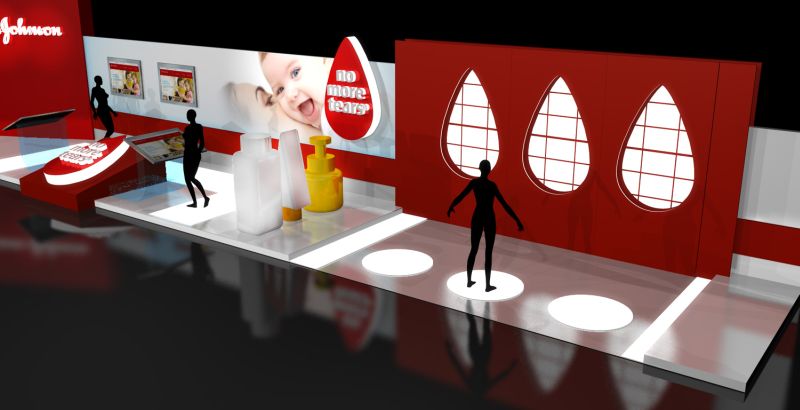Question
I have a question about Acad 32mm lineboring blocks. It seems that although I design in English units, I can use the Design Center to import a 32mm array of 5mm holes. Supposedly, the Design Center drag and drop feature will convert objects from metric to English on drop. This would be convenient for storing all my metric holes. Anybody have experience with this?
Forum Responses
(CAD Forum)
From contributor J:
Setting the “drag and drop scale” in the units dialog box will scale the block by that unit's scale factor. This comes in handy when you know the block you want to drag and drop was created in a different unit setting. If you are creating your own blocks, there is no need to do this. If you are just creating 5mm hole patterns, just draw them using the conversion math mm to inches = mm / 25.4 (5mm = 0.19685 inches) and reverse the math for inches to mm = inches x 25.4 = mm (0.75 inches = 19.05mm), then save the block. The tool palette is a wonderful thing. The best way to set it up is to create a folder in My Documents or someplace you'll know where it is and call it “Tool Palette.”
Next open a blank drawing and purge everything out of it so it’s clean. Save the drawing to the folder you made and call it “5mm Holes.” In that drawing either insert blocks of holes or create new ones. Make sure to name the blocks something that you understand. Remember, no 2 blocks can be named the same. After populating the drawing, save and close it. Open design center, navigate to the drawing, and select the view blocks icon. This will display every block in the drawing (that’s why we started with a clean drawing). In the right hand pane, right click in a blank spot and a menu will appear. Select “Create Tool Palette” and it will make a new tab on your tool palette called “5mm holes.”
Now you can drag and drop from your tool palette. You can also customize the properties of each block on the palette. You can also do this scenario for all kind of blocks. Now here is the cool thing about doing it this way. You can exchange drawings with others that have set theirs up the same way, and have a new Tool palette with their blocks in seconds.
If we could get everyone to agree where to place the master file so everybody’s file is in the same location, you could also export or import tool palette information. Example: Someone has a tool palette tab set up with several hatch patterns and has set different scale factors to different hatches. They could export the tool palette tab and email you the hatches and the .XTP file and you would import the file and add the hatches and then you're ready to go.
Also, using the import/export utility helps to keep your tool palette down to a reasonable amount of tabs.
